India’s wearable market ended 2022 with 46.9% y-o-y (year-over-year) growth, as shipments reached 100 million units, said International Data Corporation (IDC). As per India cellular Electronics Association (ICEA), India accounts for 4-5% of global wearables market by value, which is largely met through imports. Positive policies of the government could drive the complete domestic market to be catered for by local manufacturing and the country could bag a minimum of 8-10% of the global market share through exports by 2026 as per ICEA study.
The India market for earphones and smart watches rose to $2.8 billion in 2022 from $2.1 Billion in 2021. By 2026, the domestic wearables market is expected to touch $4 billion but manufacturing of wearables could reach $4.2 billion of exports. Implementation of Phased Manufacturing Plan (PMP) on wearables last year helped domestic production reached 40% of the local market in 2022 as against negligible levels in 2021. After PMP, manufacturing growth for wearables reached almost 400% as companies started to produce locally as against relying on imports. All major wearables brands such as Boat, Noise and Firebolt are scaling manufacturing in India.
Innovation will be the key to product success and one of the emerging technologies that is gaining momentum is wireless charging. Inductive charging is the most popular wireless charging technology available followed by resonance-based charging. The Wireless Power Consortium maintains and develops the standards for a variety of wireless power applications. This includes Qi standards for smart phones and portable devices up to 15W of power. There are more than 350 member companies in the consortium including semiconductor giant STMicroelectronics.
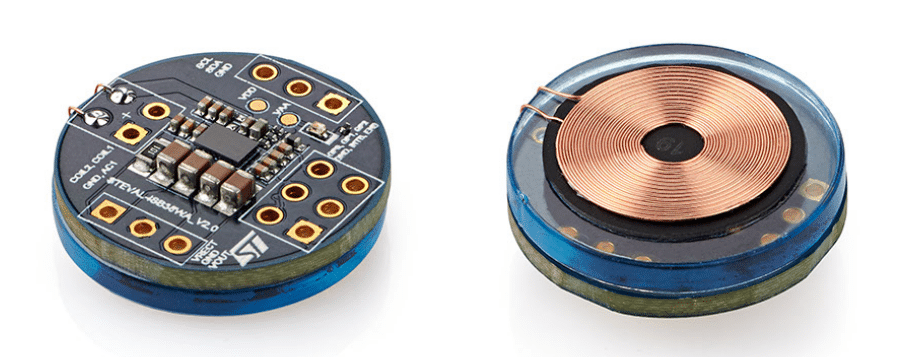
Fig1a: STDES-WLC38WA Wearable Board based on STWLC38
STMicroelectronics is a world leader in innovation and a leading supplier of Wireless Charging Solutions for personal electronics, medical and industrial applications. Wireless charging in personal electronics offers great advantages such as water and dust proof design resulting in increased product life, better user experience and port free design.
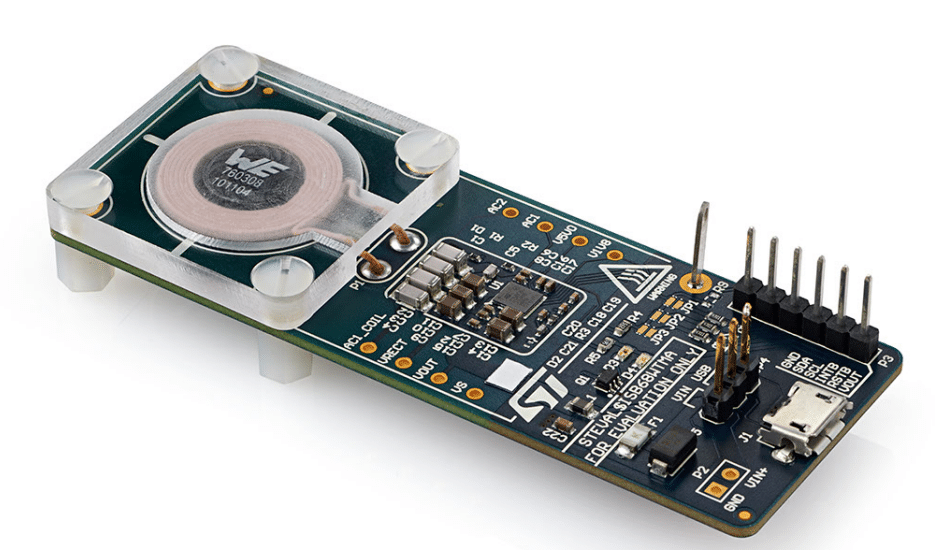
Fig1b: STDES-WBC86TX Transmitter Board based on STWBC86
Wireless Power transfer without charging a battery is another use case which has numerous industrial applications where it can enhance the freedom of movement of robotic arms. In medical and beauty devices, wireless power enables a hermetic product design which can be easily sterilized before subsequent use.
STMicroelectronics offers a wide range of products delivering 1W to 100W of power. STWLC38 is a Qi 1.3 certified Receiver IC which is optimized for space constraint applications such as wearables and hearables. It can deliver up to 15W of power and the total area of the solution (including peripheral components) is 7mm x 7mm. STWLC38 can be paired with STWBC86 which is the Transmitter IC.
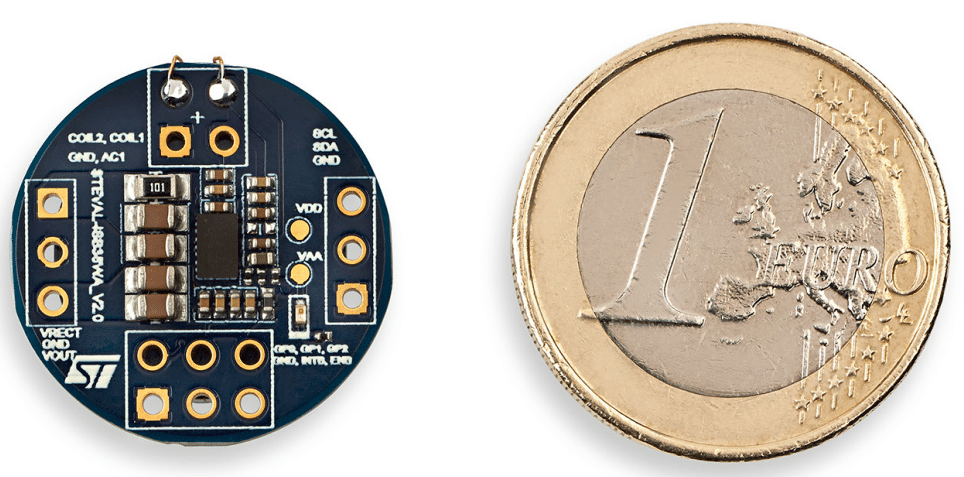
Fig1c: STDES-WLC38A comparison with 1Euro
STWLC38 comes in a WLCSP40 package (Wafer Level Chip Scale Package) 2.1mm by 3.3mm. The Vout is configurable from 4v – 12v in 25mV resolution. It is packed with the power of ARM 32-bit Cortex™-M0+ core running at up to 64MHz, 32kB RRAM for Firmware patch-ability like flash memory, 64KB ROM and 16kB RAM.
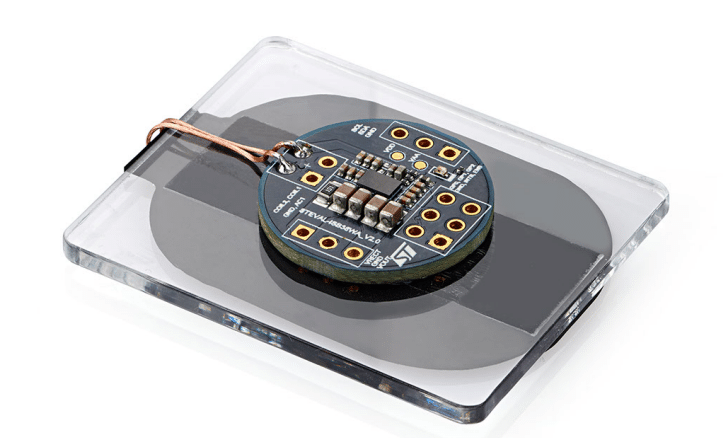
Fig2a: STDES-WLC38TWS Board based on STWLC38RX
Foreign Object Detection (FOD) is an important step in designing Wireless Power applications. It enables the transmitter and receiver to identify the presence of a foreign object such as coils between the coils and cut off the power. Metal objects when placed in the magnetic field of the transmitter coil can quickly heat up due to generation of eddy currents. STWLC38 is capable of accurate voltage and current measurements and has several protections inbuilt to monitor conditions such as over current, over voltage and over temperature.
STWBC86 is a Qi1.2.4 compatible wireless power transmitter which can transmit up to 5W within Qi spec and up to 15W in proprietary mode. It is a monolithic solution with integrated full-bridge inverter. It also comes with an ARM 32-bit Cortex™-M0+ core running at up to 64MHz, 8 kB of FTP (Few Times Programmable Memory) for firmware patch-ability and 8 kB RAM. The design is optimized for Qi A11a topology and has a low Rds-on inverter for higher efficiency.
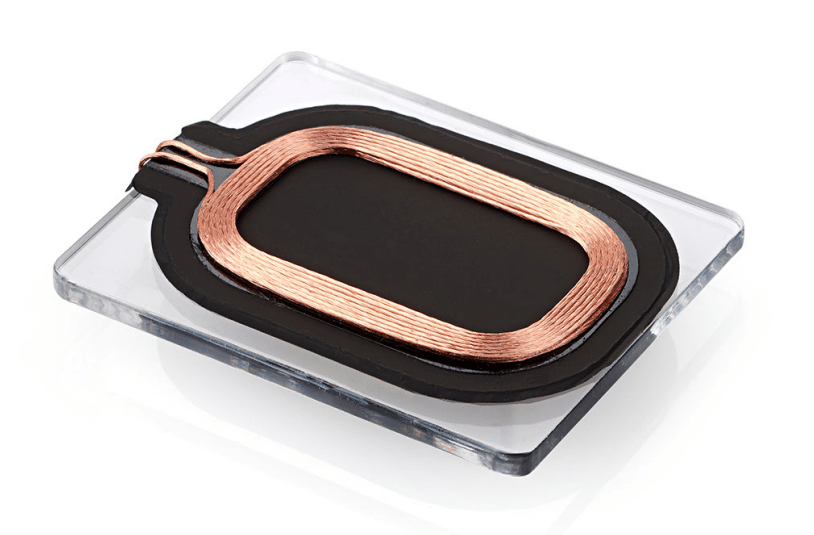
Fig2b: Custom Coil for STDES-WLC38TWS Board
Migration from a wired solution to a wireless solution can be a challenging project. To make the process easier, ST has introduced two ready solutions for easy adoption. STDES-WLC38WA (Fig1a) with STDES-WBC86TX (Fig1b) is a complete solution pack for Wearable Application. It comes with PCB Gerber files, Firmware, Software, Design guidelines and technical notes which allows the user to build the PCB and use it as a plug play device. The PCB area is 7mm*7mm (Fig1c) and highly optimised for space constraint application.
The STDES-WLC38TWS (Fig2a) is a ready solution for TWS (True Wireless Stereo) charging cradle. The custom coil (Fig2b) is optimized for the TWS case and allows the user to build Wireless charging solution with ease. The time to market can be greatly reduced with the help of these reference designs.
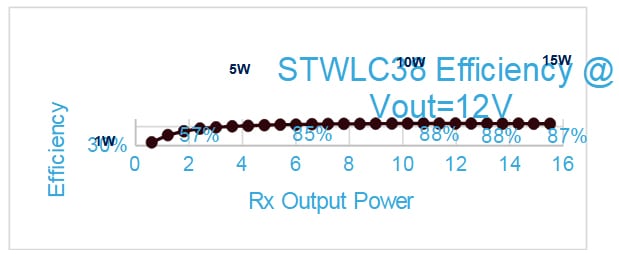
The user experience with wireless charging is greatly dependent on how easily the application can be charged. Wireless charging is undoubtedly hindered by the misalignment of the transmitter and the receiver. The last thing we want to see is that the phone or earpiece has been laying on the charger for 2hours and not charged at all!
ST has introduced a patented technology, “ARC or Adaptive rectifier Configuration” which allows the receiver to charge even if it is up to 50% misaligned with the transmitter. This greatly enhances the user experience who can casually just place the smart watch on the charger without paying too much attention to aligning the charging coils and still get charged.
Another great use case that is enabled by ST’s receiver ICs, is reverse charging. This allows the users to use a wireless receiver to function as a wireless transmitter or charger. For instance, the user can use the smart phone to charge another device such as a smart watch or another smart phone.
Design houses also face an uphill task when it comes to Qi certification which is a time taking and expensive exercise. ST offers pre compliance testing to enable innovators to get a head start into interoperability and conformance to Qi standards.






